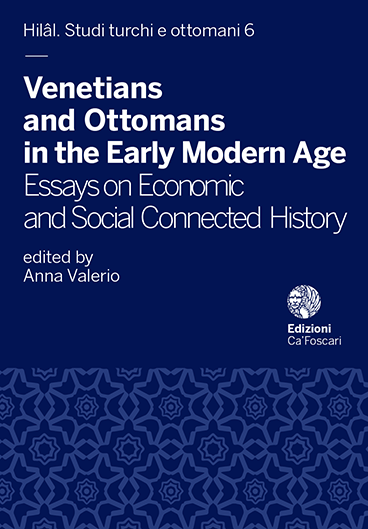- search 502 views
- file_download 47 download
- keyboard_capslock metadata
-
mark_email_readIscriviti alla newsletter
Festivities of Curfew
Centralization and Mechanisms of Opposition in Ottoman Politics, 1582-1583
abstract
The Ottoman Empire was a dynastic state, as were its counterparts in Europe and Asia in the early modern period. In order to explain the characteristics of this dynastic governance model, it is essential to focus on how the Ottoman ‘state’ mechanism functioned. One of the prominent aspects of the dynastic state was the integration of politics in household units (For the Ottoman household system Cf.: Gürkan 2015; Kunt 1974; 1975; 1978; 1983; 1995; 2007; 2011; 2012). Direct or indirect connection of people to these households was the main condition of legitimacy. Thus, the redistribution and succession strategies had a centralized importance in dynastic states. Since being a member of the dynasty was a given category, the state could be reduced to the house of the dynasty at the micro levels. This house transcended those living in it, and in order to sustain the continuity of the house, there was a need to create a ritual showing ‘the loyalty to the dynastic household’. This loyalty was the dominant factor in ensuring the continuity of the house, in other words, the ‘state’, and therefore, the succession strategies in dynastic states had a key importance.
Keywords: Mehmed III • 16th century centralization • Ottoman Empire • Murad III • Sehzade Mehmed • Ottoman household system
